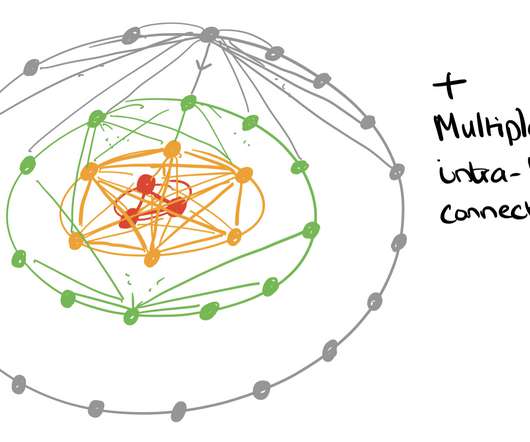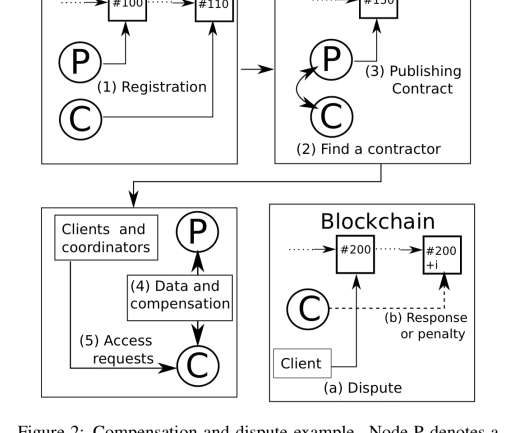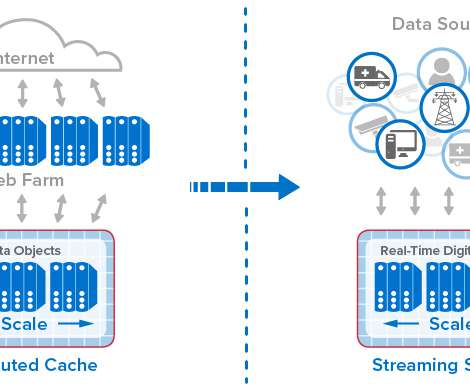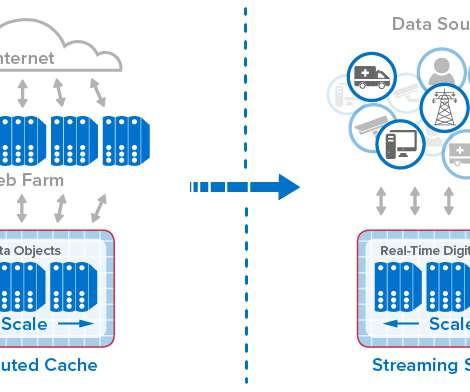Top 9 web development trends to expect in 2022
Enprowess
JANUARY 12, 2022
Internet of Things (IoT). Serverless Architecture. So it is convenient for all to use irrespective of internet speed and it works offline using cached data. Other benefits: It has other benefits like a Quicker launch to the market, Easier distribution, saving device power and storage, seamless maintenance, and updating.

















Let's personalize your content